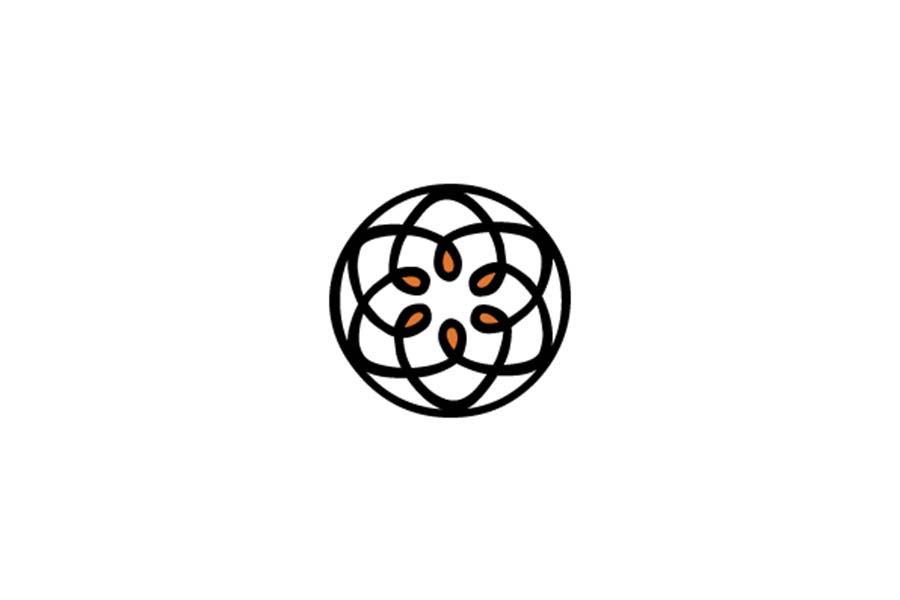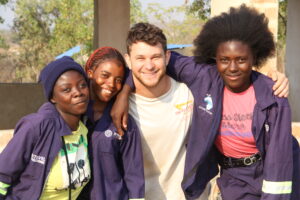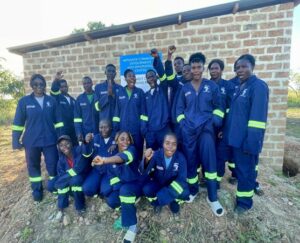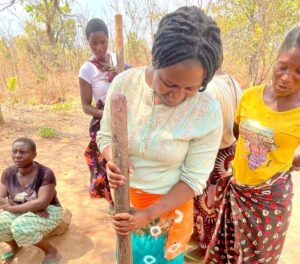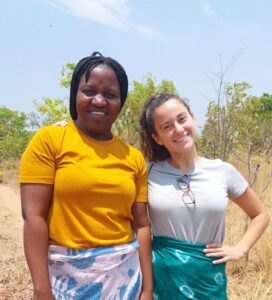By Micha Odenheimer
The parshat hashavua (Torah portion of the week) this week, Teruma, contains a detailed plan for the building of the Mishkan, the traveling temple built out of fabric and wood, that served the children of Israel until Shlomo haMelech built the first permanent temple in Jerusalem. The Mishkan wandered with Israel in the desert and also moved several times from city to city once the people entered the land. Teruma also describes the Temple vessels: the menorah, the ark of the covenant, the table, the altar for incense and so on.
The sages of the Talmud see the Mishkan as a model of the cosmos. We see this clearly in the laws of Shabbat: the forms of work that are forbidden on Shabbat are those which were necessary for the building of the Mishkan, including the production of the materials—fabrics, dyes, etc—from which it was made. The logic works like this: on Shabbat God rested from creating the world. This act of creation is mirrored in the building of the Mishkan, meant to house God’s presence, just as the cosmos is meant to. By resting from the kinds of work that went into creating the Mishkan, we participate in God’s rest from cosmic creation.
The materials for building the Mishkan and crafting its vessels came in an outpouring of generosity from the people. They donated “Gold, silver, and bronze. And blue and purple and scarlet and fine linen and goat’s hair. And ram’s skins dyed red, and sealskins, and acacia wood. Oil for the light, spices for the anointing oil and for the sweet incense. Onyx stones and stones to be set for the ephod and for the breastplate. And let them make me a sanctuary, that I should dwell among them.” Aside from the obvious questions—like what is an ephod, and how did they get sealskins in the middle of the desert—I want to focus for a moment on the metals. Vessels and adornments within the Temple including the Menorah, the Cherubim, and the altar for incense offerings use “Gold, silver, and bronze”. But Iron– “barzel”– as the Talmud points out, was not used as part of the structure or the vessels of the Mishkan or the first or second Temples. In fact, according to at least one opinion in the Talmud, it was not even used in cutting the stones for the Temple walls. Iron is banned, says the Talmud, because it is a weapon of war and violence, used for taking life, while the Temple is meant to foster peace and prolong human life. According to Rabbi Yehuda, iron was not to be used even cutting the stones to be used inside the temple, even if the cutting was done outside the temple grounds.
But in Kabbalah, or Jewish Mysticism, everything that is bad is also good. Just as every brightness has its shadow, every darkness ultimately points towards a light. The hardness of iron has its place: the Talmud says that every Talmid Chacham, every wise student of Torah, must have a mind as hard as iron—iron like a lion in Zion, one might say. Going farther, Rabbi Menachem Mendel Schneerson, the Lubavitcher Rebbe, suggested that the Third Temple would have iron as part of its structure. Since, in Third Temple times, death will no longer have sway, iron will no longer be death’s instrument. Instead, its toughness and durability will indicate eternity, determination, positive strength.
This reversal, Rabbi Schneerson says, quoting Rabbi Yitzchak Luria, the great Kabbalist of 16th-century Tzfat, is also encoded in the word “barzel”, written with the consonants BRZL in Hebrew. These four letters are an acronym for the four mothers of the 12 tribes, the sisters, Leah and Rachel, and the handmaidens they gave to Jacob in their competition for his affection and the bearing of his children: Zilpa and Bilha. But in a remarkable switch, in the word BRZL, the handmaidens come before their mistresses: Bilha Rachel Zilpa Leah. The process of redemption, says Rabbi Schneerson, is one in which the feminine rises above the masculine and the servant above the mistress or master. The last will be first, and the lowest will be highest.
As social activists—as with true Torah scholars—we must have an enduring toughness and unbreakable strength. Yet we always also have to be aware that in this fragile world, hardness, even in the interest of justice, can kill. The world does not need any more revolutionary killings. And we can kill ourselves if we are too hard on ourselves or on our society as well. Everything is so far from perfect in terms of human relationships, economic justice, racism, and casteism. We have to learn to live and love within this imperfect world. Yet we can also not abandon our vision, soften its radical nature. Ultimate reversals, we must continue to believe, will eventually, come.

